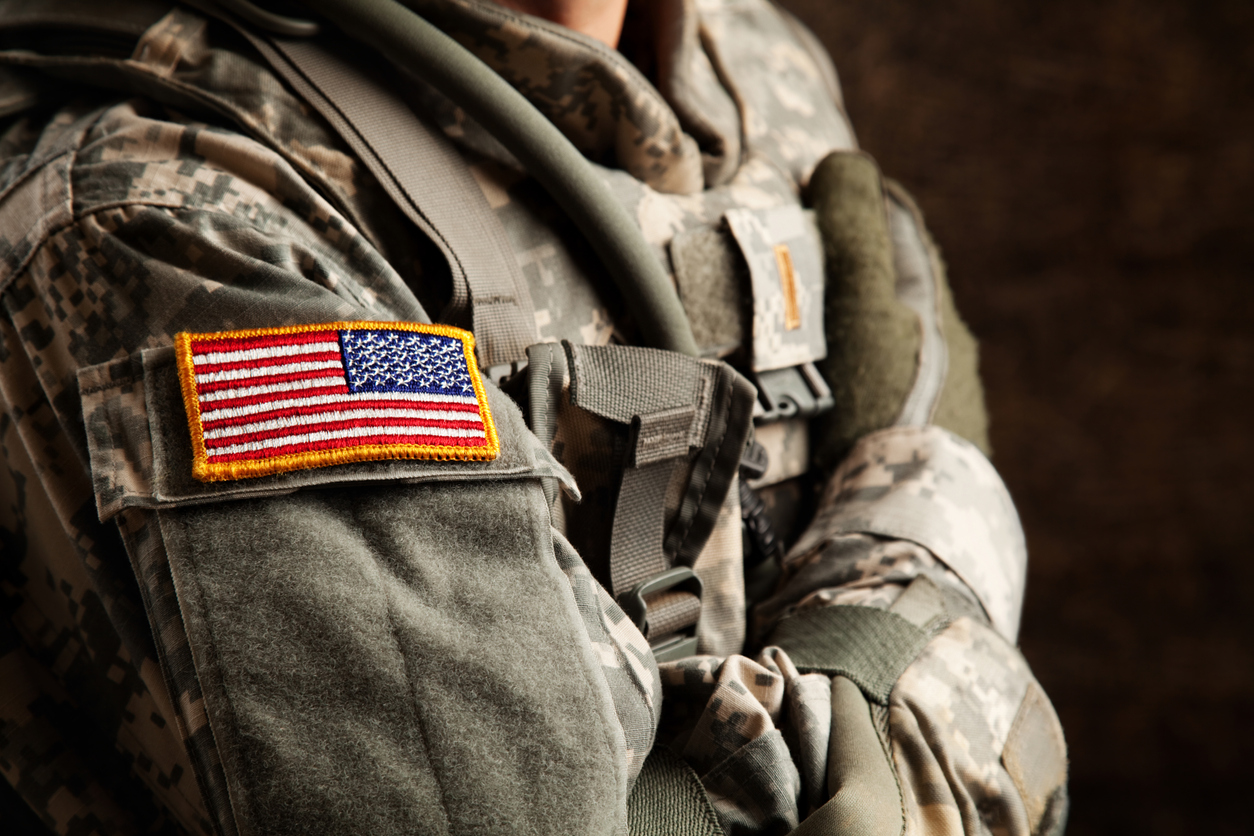The United States Army employs a systematic approach to training its soldiers, ensuring they possess the skills and knowledge necessary to excel in their roles. One of the well-known training frameworks used by the Army is the 8-Step Training Model. This model provides a structured process that enables effective training and development of soldiers across various military disciplines. In this blog post, we will explore the Army’s 8-Step Training Model, breaking down each step and highlighting its significance in preparing soldiers for their missions.
Step 1: Plan the Training
The first step of the 8-Step Training Model involves thoroughly planning the training event. This includes defining the training objectives, identifying resources required, determining the training methodology, and establishing a timeline. Planning ensures that the training is aligned with the desired outcomes and sets the foundation for a well-organized and effective training program.
Step 2: Train the Trainers
Before soldiers can receive training, it is crucial to train the trainers themselves. In this step, selected personnel are provided with the necessary knowledge and skills to effectively deliver the training to their fellow soldiers. This ensures that the trainers possess the expertise required to deliver accurate and comprehensive instruction.
Step 3: Rehearse
Rehearsing is a critical step that allows soldiers to practice and refine their skills in a controlled environment. It involves conducting drills, simulations, and exercises that closely mimic real-world scenarios. Rehearsing helps soldiers become familiar with their roles, responsibilities, and procedures, enhancing their ability to perform under pressure.
Step 4: Execute the Training
The execution phase involves delivering the actual training to the soldiers. Trainers apply the techniques and materials prepared during the planning stage to deliver the instruction. This step focuses on providing a structured and organized training experience that effectively imparts the required knowledge and skills to the soldiers.
Step 5: Evaluate
Evaluation is an essential part of the training process. This step involves assessing the soldiers’ performance to gauge their proficiency and identify areas that require improvement. Evaluations can take various forms, including written tests, practical exercises, and performance observations. The feedback gathered during this step helps trainers and leaders understand the effectiveness of the training and make necessary adjustments for future iterations.
Step 6: Retrain
Based on the evaluation results, any deficiencies or areas needing improvement are addressed through retraining. This step ensures that soldiers have ample opportunity to refine their skills and knowledge in specific areas that may require additional focus. Retraining helps to reinforce learning and enhance overall competency.
Step 7: Conduct an After-Action Review (AAR)
The After-Action Review is a structured discussion that takes place after the training event. It involves participants, trainers, and leaders reviewing the training, identifying strengths and weaknesses, and discussing lessons learned. The AAR provides an opportunity to reflect on the training experience and capture insights for future improvement.
Step 8: Archive the Training
The final step involves documenting and archiving the training materials, assessments, and evaluations. Archiving ensures that the training process can be reviewed, analyzed, and used as a reference for future training events. This step contributes to the continuous improvement of training programs by enabling trainers to build upon past experiences.
Conclusion:
The Army’s 8-Step Training Model provides a comprehensive framework that enables the effective training and development of soldiers. From meticulous planning to thorough evaluation and archiving, each step plays a crucial role in preparing soldiers for their missions. By following this structured approach, the Army ensures that soldiers receive the necessary training, resulting in a more skilled and capable force.
Jay Jay’s was founded in 1993 by our team of former Police and Military personnel. We’ve been manufacturing load bearing equipment and supplying clothing for the military for thirty years. Our innovative, built for life products and industry leading customer service have earned us an outstanding reputation that we’re incredibly proud of. Why not try for yourself?
COPYRIGHT © 2023 GENUINE JAYJAYS®






